About Motion
Motion, in the context of physics, refers to the change in position of an object with respect to time. When an object is in motion, it means that it is moving from one location to another.
There are different types of motion, including:
- Translational Motion: This is the most common type of motion, where an object moves along a straight path or a curved trajectory. It can be uniform (constant speed and direction) or non-uniform (changing speed or direction).
- Rotational Motion: In this type of motion, an object rotates around an axis or pivot point. Examples include spinning tops, rotating wheels, or the Earth’s rotation.
- Oscillatory Motion: Oscillation is a repetitive back-and-forth or to-and-fro motion around an equilibrium position. Examples include a swinging pendulum or a vibrating guitar string.
- Periodic Motion: Periodic motion is any motion that repeats itself after a fixed interval of time. It can be simple harmonic motion (like a mass-spring system) or more complex periodic motions like the orbits of planets around the sun.
Motion is often described using various physical quantities such as displacement, velocity, acceleration, and time. Some fundamental laws that govern motion include Newton’s three laws of motion, which provide a basis for understanding the relationship between forces and motion.
In modern physics, motion is also a fundamental concept in the theory of relativity, which explains how motion is perceived differently by observers moving at different speeds relative to one another. Special relativity deals with motion at constant velocity, and general relativity extends this to include accelerated motion and gravity.
Motion plays a crucial role in various fields of science and engineering, from understanding the movement of celestial bodies to designing transportation systems and analyzing the behavior of particles in quantum mechanics. It is a fundamental aspect of how we perceive and interact with the world around us.
What is Motion?

Motion, in its most basic definition, refers to the change in position of an object or a system with respect to time. When an object is in motion, it means that it is moving from one location to another.
Motion can be observed in various forms and scales, from the movement of subatomic particles at the quantum level to the motion of celestial bodies in the universe. It is a fundamental concept in physics and is described using several key terms and principles:
- Displacement: Displacement is the change in an object’s position, typically measured from a reference point or the starting position to the final position.
- Velocity: Velocity is a vector quantity that describes the rate of change of displacement with respect to time. It specifies both the speed and direction of motion.
- Speed: Speed is the magnitude of velocity, representing how fast an object is moving without consideration of its direction.
- Acceleration: Acceleration is the rate of change of velocity with respect to time. It occurs when an object’s speed, direction, or both change.
- Inertia: Inertia is the resistance of an object to changes in its state of motion. An object at rest tends to stay at rest, and an object in motion tends to stay in motion unless acted upon by external forces (Newton’s first law of motion).
- Force: Force is a vector quantity that can cause a change in the motion of an object. Newton’s second law of motion relates force, mass, and acceleration, stating that the acceleration of an object is directly proportional to the force acting on it and inversely proportional to its mass.
- Momentum: Momentum is the product of an object’s mass and velocity. It is a measure of its motion and is conserved in isolated systems (Newton’s third law of motion).
- Circular Motion: Circular motion occurs when an object moves in a circular path around a fixed point or axis. It involves continuous changes in direction, leading to centripetal acceleration.
Motion is a fundamental concept in the natural world, and understanding its principles is crucial in various fields, including physics, engineering, astronomy, and everyday life. The study of motion has led to significant advancements in science and technology, enabling us to explore the universe, design efficient transportation systems, and improve our daily lives.
How does Motion’s AI scheduling tool work?
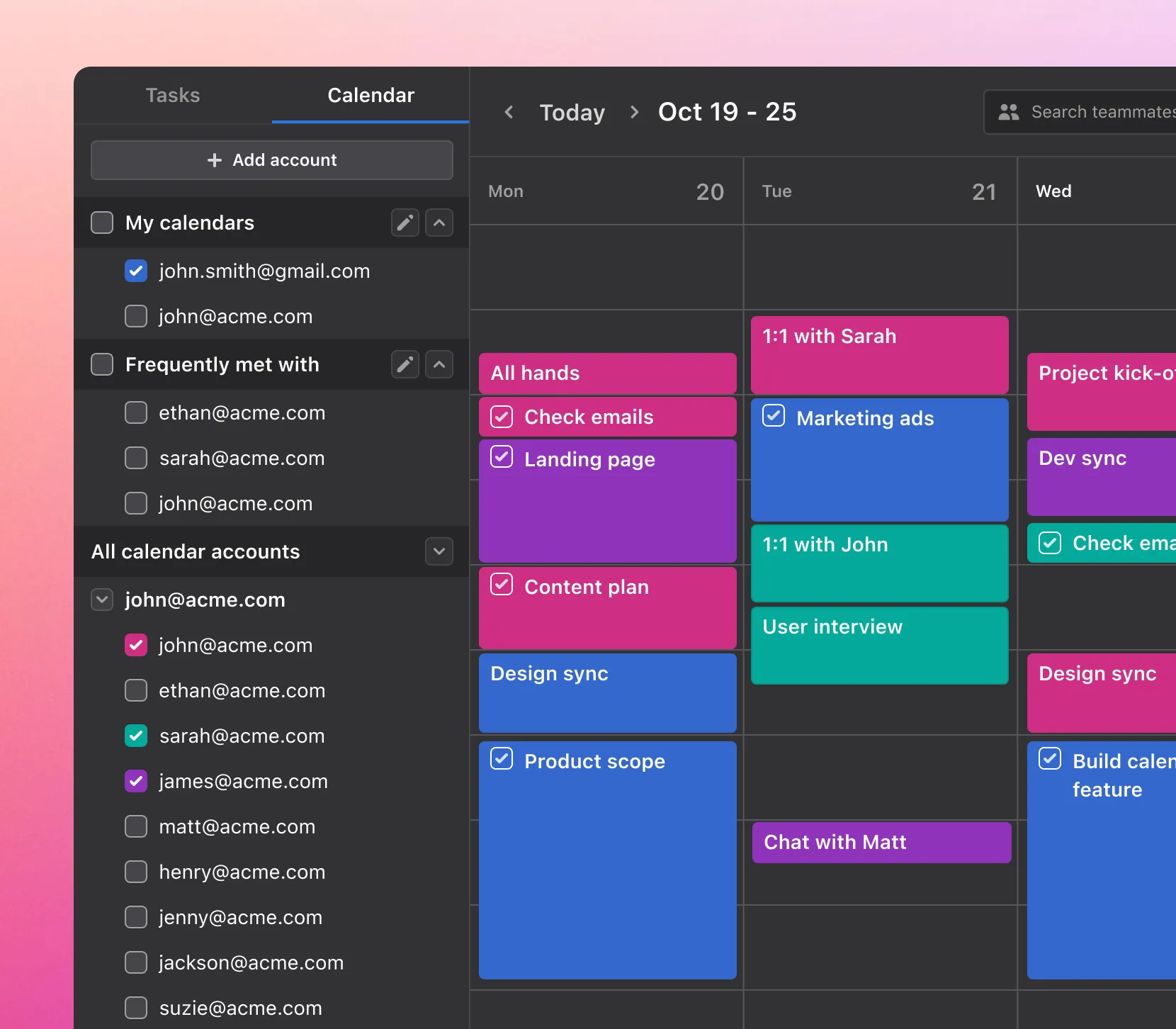
AI scheduling tools are designed to automate and optimize the process of creating and managing schedules for individuals or organizations. These tools utilize various AI techniques and algorithms to make informed decisions and provide efficient scheduling solutions. Here’s how they generally work:
- Data Collection: The scheduling tool collects relevant data from various sources, including calendars, event details, availability of participants, preferences, and any constraints related to the scheduling process.
- Natural Language Processing (NLP): NLP algorithms enable the tool to understand and interpret human language. Users can interact with the tool using natural language commands or requests, making it more user-friendly.
- Machine Learning: The scheduling tool often incorporates machine learning algorithms that can learn from historical data to improve scheduling decisions. For example, it can analyze past scheduling patterns to suggest optimal meeting times or predict future scheduling conflicts.
- Optimization Algorithms: AI scheduling tools utilize optimization algorithms to find the best possible solutions based on the provided constraints and preferences. These algorithms aim to minimize conflicts, optimize resource utilization, and maximize overall efficiency.
- Availability and Preference Matching: The tool checks the availability and preferences of individuals or resources involved in the schedule and matches them with suitable time slots, taking into account factors such as time zones and work hours.
- Conflict Resolution: The AI tool identifies any conflicts in the schedule, such as overlapping appointments or unavailable resources, and attempts to resolve them by suggesting alternative time slots or proposing adjustments.
- Personalized Suggestions: Based on user interactions and historical data, the scheduling tool can make personalized suggestions for the most suitable meeting times or event arrangements for each user.
- Automated Notifications: Once a schedule is generated or updated, the tool can automatically send notifications and reminders to all relevant participants.
- Continuous Learning: AI scheduling tools can continuously learn from user feedback and adapt their algorithms to improve accuracy and user satisfaction over time.
AI scheduling tools aim to streamline the scheduling process, save time, and reduce the likelihood of human errors. They are particularly useful for busy professionals, teams, and organizations that frequently deal with complex scheduling tasks involving multiple participants and resources.
Motion’s other features
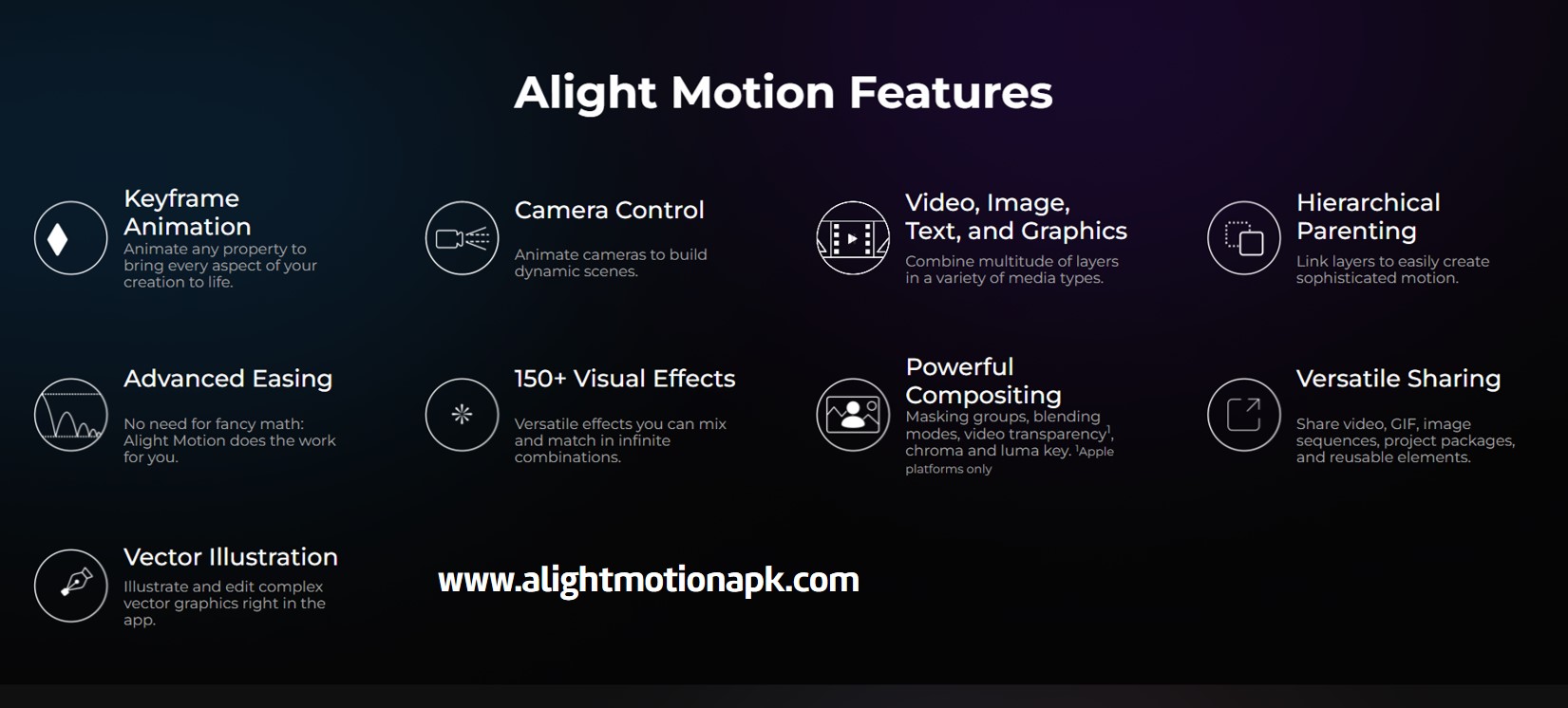
To provide a comprehensive list of “Motion’s” features, I would need more specific information about the tool you are referring to. However, based on common features found in scheduling and time management applications, here are some potential features that “Motion” or a similar tool might include:
- Calendar Integration: Integration with popular calendar applications like Google Calendar or Microsoft Outlook, allowing seamless synchronization of events and schedules.
- Smart Scheduling: AI-powered scheduling algorithms that automatically find the best meeting times based on participants’ availability and preferences.
- Time Zone Management: Automatic time zone conversion and management for global teams, ensuring accurate scheduling across different regions.
- Collaboration Tools: Features that facilitate collaboration among team members, such as shared task lists, file sharing, and communication channels.
- Task and Project Management: Tools for organizing tasks, setting deadlines, and tracking progress on projects or individual assignments.
- Resource Management: Tools to allocate and manage resources efficiently, including meeting rooms, equipment, or personnel.
- Reporting and Analytics: Data-driven insights and reports on team productivity, meeting frequency, or other performance metrics.
- Mobile App: Access to scheduling and time management features through a mobile application for on-the-go convenience.
- Integration with Communication Apps: Seamless integration with messaging or video conferencing platforms to schedule and launch meetings directly.
- Customization: The ability to customize scheduling preferences, working hours, and notification settings according to individual or team requirements.
- User-Friendly Interface: An intuitive and easy-to-navigate interface for a smooth user experience.
- Security and Privacy: Ensuring data security and privacy measures to protect sensitive information.
Keep in mind that features may vary significantly between different software solutions. To explore the specific features of “Motion” or any similar tool you are interested in, it’s best to refer to the official website or documentation of the tool in question.
Motion for teams
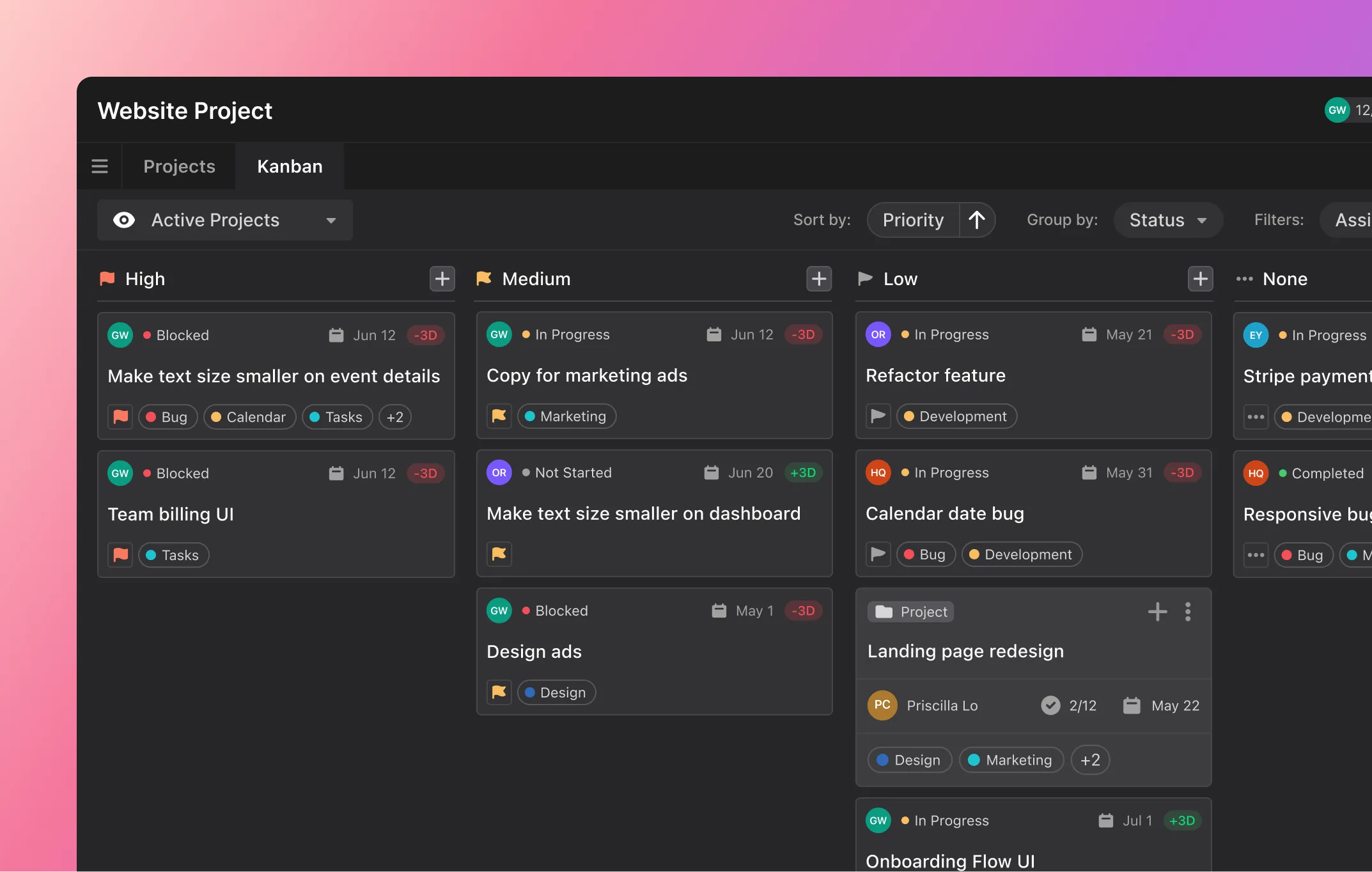
However, based on common features found in team collaboration and project management apps, a tool with this name might offer the following functionalities:
- Team Collaboration: A platform that enables seamless collaboration among team members, allowing them to communicate, share files, and work together on projects in real-time.
- Task and Project Management: Tools to create and assign tasks, set deadlines, track progress, and manage projects effectively.
- Team Calendar: A shared calendar that allows team members to schedule and manage meetings, events, and important milestones.
- Time Tracking and Reporting: Features that enable team members to track their time spent on tasks and projects, and generate reports to analyze productivity and project performance.
- File Sharing and Document Management: Secure file storage and sharing capabilities, allowing teams to access and collaborate on documents, presentations, and other files.
- Integration with Communication Apps: Seamless integration with messaging and video conferencing tools, making it easy to schedule and launch meetings directly from the app.
- Notifications and Reminders: Automated notifications and reminders to keep team members informed about upcoming deadlines and important updates.
- Team Dashboard: An overview of project progress, team member activity, and key performance indicators (KPIs) to help team leaders make informed decisions.
- Customizable Workflows: The ability to tailor the app to the specific needs and processes of the team, ensuring a smooth and efficient workflow.
- Security and Access Control: Strong security measures to protect sensitive data and flexible access control settings to manage team member permissions.
- Mobile App: Access to team collaboration and project management features through a mobile application, enabling team members to stay connected and productive on the go.
It’s important to that the specific features of “Motion for Teams” may vary, and there might be multiple apps with similar names and functionalities. To learn more about “Motion for Teams,” I recommend checking the official app stores or websites for the most up-to-date information and details on its features and capabilities.
Any similar software?
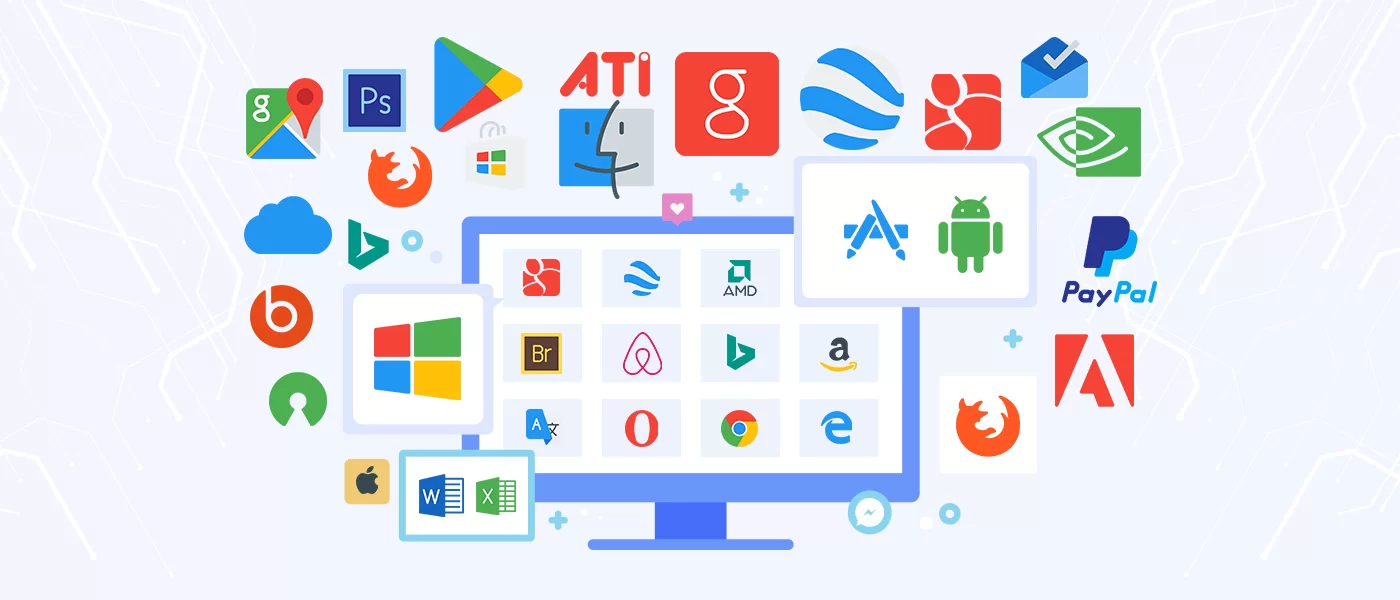
Motion” for team collaboration, project management, and scheduling. However, it’s important to note that the landscape of software tools can change rapidly, and new products may have emerged since then. Here are some popular alternatives to consider:
- Slack: Slack is a widely used team communication platform that allows teams to collaborate, share files, and communicate in real-time through channels and direct messages.
- Trello: Trello is a visual project management tool that uses boards, lists, and cards to help teams organize tasks and projects in a flexible and user-friendly manner.
- Asana: Asana is a project management platform that enables teams to track tasks, set deadlines, and manage projects with various collaboration features.
- Monday.com: Monday.com is a team collaboration and project management tool that provides customizable workflows and visual project tracking.
- Microsoft Teams: Microsoft Teams is a comprehensive collaboration platform that integrates chat, video conferencing, file sharing, and productivity apps within the Microsoft 365 suite.
- Notion: Notion is an all-in-one workspace that combines notes, databases, wikis, and project management features for teams and individuals.
- ClickUp: ClickUp is a productivity platform that offers task management, time tracking, document collaboration, and goal tracking for teams of all sizes.
- Wrike: Wrike is a project management and work collaboration platform that provides tools for planning, tracking, and automating tasks and projects.
- Basecamp: Basecamp is a project management and team collaboration tool that focuses on simplicity and ease of use.
- Jira: Jira is a popular project management and issue tracking tool, widely used in software development and IT teams.
Remember to consider your team’s specific needs, the scale of the projects you handle, and the features required to find the best fit for your team. Many of these tools offer free trials or free versions with limited features, so you can try them out before making a final decision. Always check the latest pricing and feature details on the official websites of each tool.
is Motion Worth it?
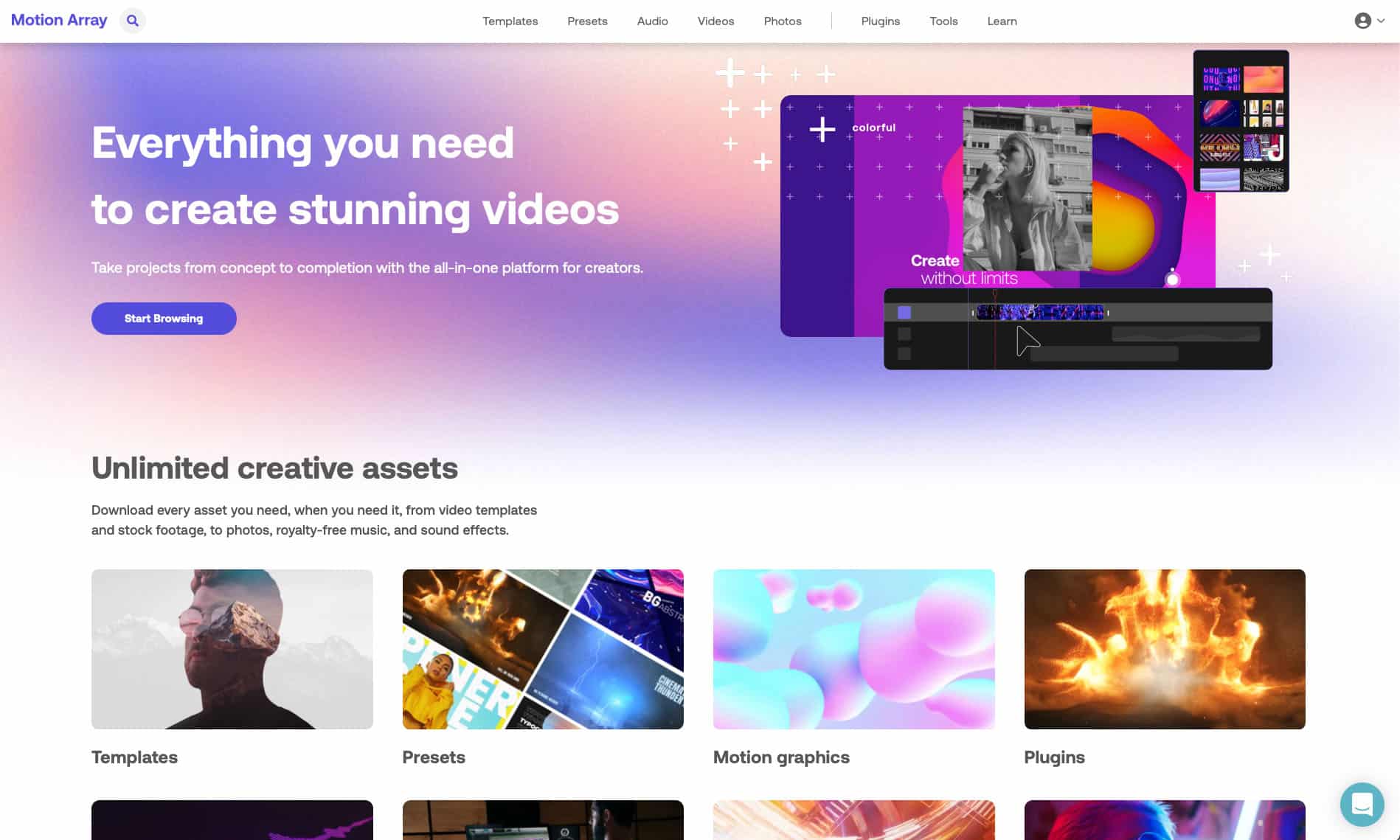
Motion,” and therefore, I cannot provide a direct evaluation of whether it is worth it. The worthiness of any software or service depends on several factors, including its features, pricing, usability, and how well it meets your specific needs and requirements.
When considering whether a software or service is worth it, here are some aspects to take into account:
- Features: Evaluate the features offered by the app or service and see if they align with your needs. Consider whether it provides the functionalities you require to improve your workflow or solve your specific problems.
- User Experience: The app’s user interface and overall user experience can significantly impact your satisfaction and productivity. Look for a tool that is intuitive, easy to navigate, and offers a smooth user experience.
- Pricing: Compare the pricing of the app or service with its features and the value it brings to your team or organization. Consider whether the cost is reasonable and within your budget.
- Reviews and Reputation: Read reviews and testimonials from other users to gain insights into their experiences with the software. Look for feedback on reliability, customer support, and overall satisfaction.
- Integration and Compatibility: If you need the app to work seamlessly with other tools you already use, ensure that it offers integration options and is compatible with your existing software ecosystem.
- Security and Privacy: Consider the security measures and data privacy policies of the app, especially if you are dealing with sensitive information.
- Customer Support: Look for information about the level of customer support provided by the app’s developers. Reliable customer support can be crucial if you encounter any issues or have questions.
The worthiness of an app or service varies from person to person and depends on individual needs and preferences. To determine if “Motion” or any other software is worth it for you, I recommend trying out a free trial if available, researching user reviews, and considering how well it aligns with your specific requirements.
Motion Pros & Cons

Motion.” However, I can give you a general list of pros and cons that are typically associated with team collaboration, project management, and scheduling tools. Keep in mind that the specific pros and cons may vary depending on the features and functionalities of the tool you are considering. Here are some general pros and cons to consider:
Pros:
- Enhanced Collaboration: Team collaboration tools can facilitate communication and information sharing among team members, promoting better collaboration and teamwork.
- Increased Productivity: With better organization and task management features, team members can stay focused, leading to improved productivity.
- Centralized Information: Having all project-related information in one place allows for easy access to data, files, and updates, streamlining the workflow.
- Efficient Scheduling: Scheduling tools can automate the process of finding suitable meeting times, saving time and reducing conflicts.
- Real-Time Updates: Team members can receive real-time notifications and updates, keeping everyone informed about project progress and changes.
- Data Tracking and Reporting: These tools often provide analytics and reporting features, enabling better decision-making and performance evaluation.
- Task Accountability: Task assignment and tracking features help in holding team members accountable for their responsibilities.
Cons:
- Learning Curve: Some team collaboration tools may have a learning curve, especially for users who are not familiar with such software.
- Dependency on Technology: Relying heavily on software means that any technical issues or downtime could disrupt the workflow.
- Cost: Some tools may come with a subscription fee or additional costs for certain features, which might not fit all budgets.
- Privacy and Security Concerns: Storing data on third-party platforms may raise concerns about data privacy and security.
- Potential Overload: Having too many features can lead to overwhelming users and cause a loss of focus on essential functionalities.
- Integration Challenges: Integrating the tool with existing systems or workflows can sometimes be challenging.
Remember that the specific pros and cons of a particular tool, such as “Motion” or any other, will depend on its unique set of features and how well it aligns with your team’s specific needs and workflows. Before making a decision, it’s essential to conduct thorough research, read user reviews, and, if possible, try out a free trial to assess whether the tool suits your requirements.



